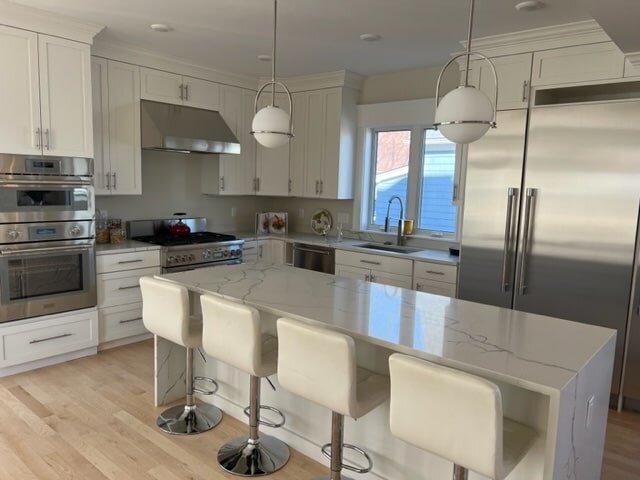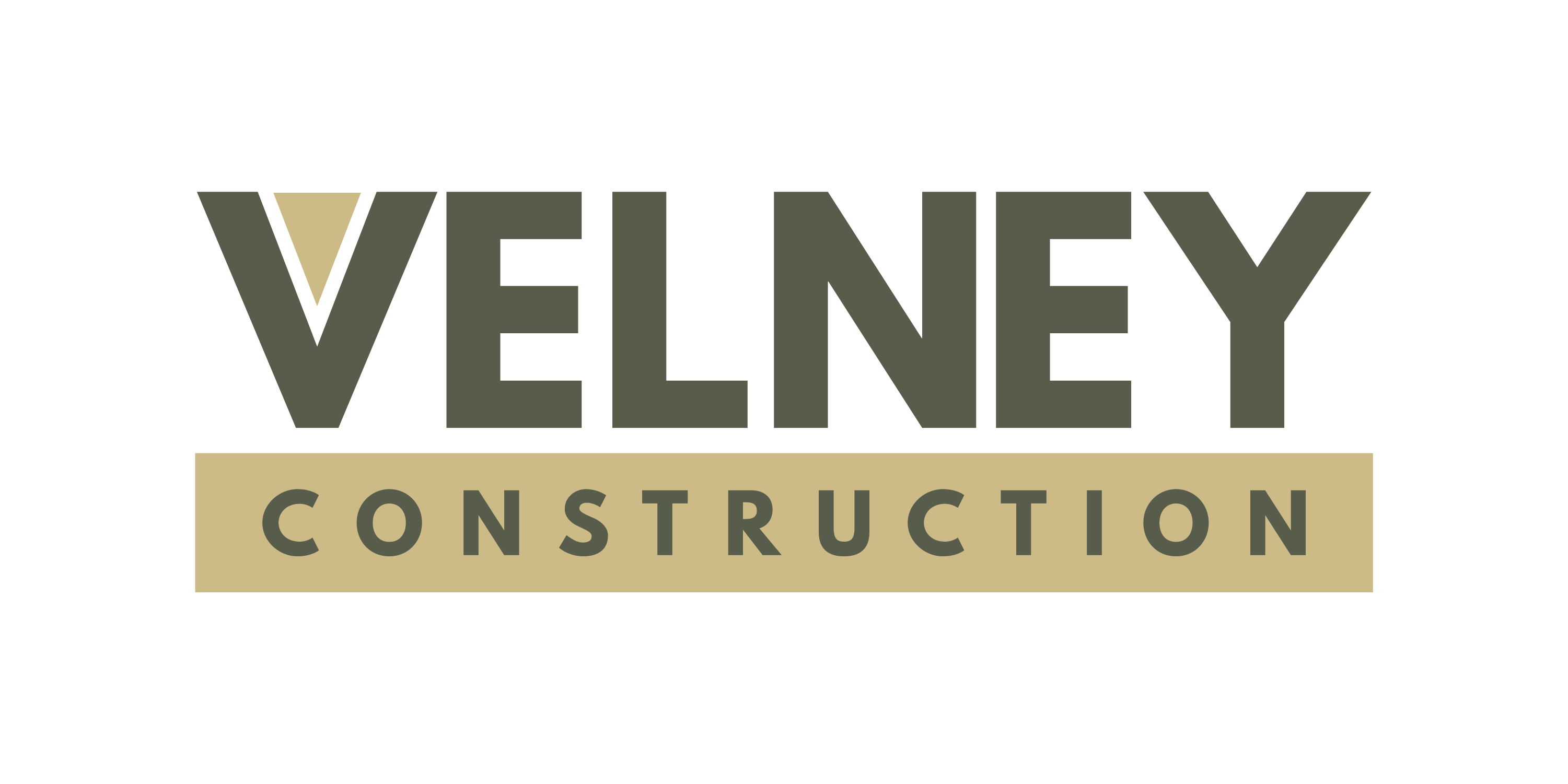In Boston, property renovations can vary widely depending on the building’s age, structure, and intended use—but generally fall into four main categories: cosmetic renovation, heavy renovation, gut renovation, and addition renovation. Every property is different, and choosing the right type of rehab depends on factors like condition, goals, and budget. These renovation types are organized from smallest to largest in scope, complexity, and required coordination. Cosmetic renovations focus on surface-level updates like paint and fixtures, while heavy renovations may involve system upgrades and partial reconfiguration. Gut renovations take things further by stripping interiors down to the studs, and addition renovations involve expanding a property’s footprint, demanding the highest level of planning and permitting. Due to Boston’s high land cost, adding square footage to a property’s footprint should always be investigated and analyzed. Let’s take a closer look at each of the four types of construction renovations in Boston to help you determine which approach is right for your next project.
1. Cosmetic Renovation
Cosmetic renovations are the simplest type of construction project, focused entirely on refreshing a property’s appearance without altering its structure or involving any mechanical, electrical, or plumbing (MEP) systems. These updates typically include interior and exterior painting, replacing siding, windows, and doors, installing new cabinets or flooring, and upgrading fixtures—essentially improving visible finishes while keeping the layout intact. Because they’re faster, more budget-friendly, and easier to manage, cosmetic rehabs are an ideal starting point for homeowners or first-time investors embarking on a new chapter or launching a business venture. For this type of renovation, you usually will not need a permit in Boston.
2. Heavy Renovation
Heavy renovations take things beyond surface updates, involving structural changes and significant MEP (mechanical, electrical, plumbing) work. These projects in Boston typically require permits, inspections, and a higher level of coordination. Typical tasks include moving or modifying walls (such as installing LVL beams), updating or relocating electrical, plumbing, or HVAC systems, replacing drywall, adding insulation, and making other behind-the-wall improvements. At this stage, strong project management becomes crucial—clear planning, scheduling, and communication are key to keeping everything on track and up to code.
3. Gut Renovation
A gut renovation is the most extensive type of rehab, involving a complete interior teardown down to the studs. All major mechanical, electrical, and plumbing systems are replaced, and significant layout changes are often made to reimagine the space completely. This level of renovation typically includes complete interior demolition, new framing and insulation, updated MEP systems, and fresh drywall throughout. With so many moving parts and an enormous scope, gut renovations are high-stakes projects that demand meticulous planning, coordination, and experienced oversight. If you are venturing or graduating to this level of rehab for the first time, consulting or hiring a general contractor in the local Boston market is recommended.
4. Addition Renovation
Expanding your property’s square footage in Boston is one of the most powerful ways to build long-term wealth. I always encourage my clients to explore addition renovations—not just to enhance their living experience but also to generate extra income that can help offset the city’s high cost of living, groceries, and education, especially for those with children or planning for a family. Common types of addition projects include ground-up additions, which involve constructing entirely new living space; basement, garage, or attic conversions (ADUs), where underutilized areas are transformed into functional living zones; and second-story additions, which add an entirely new level to the existing home.
Conclusion
Whether you’re just beginning your first renovation or gearing up for a more complex project, understanding the four main types of construction rehabs—cosmetic, heavy, gut, and addition—is a crucial first step. This blog is designed to give you a solid foundation as you navigate the renovation landscape in Boston, helping you align your vision with the right scope of work. If you’re looking for experienced guidance and reliable support, my firm, Velney Construction, is here to help. We offer preconstruction, construction, and full design/build services tailored to meet your goals. As a trusted, minority-owned, and veteran-owned firm proudly listed on the City of Boston’s vendor list, Velney Construction is committed to delivering quality, transparency, and value every step of the way.


